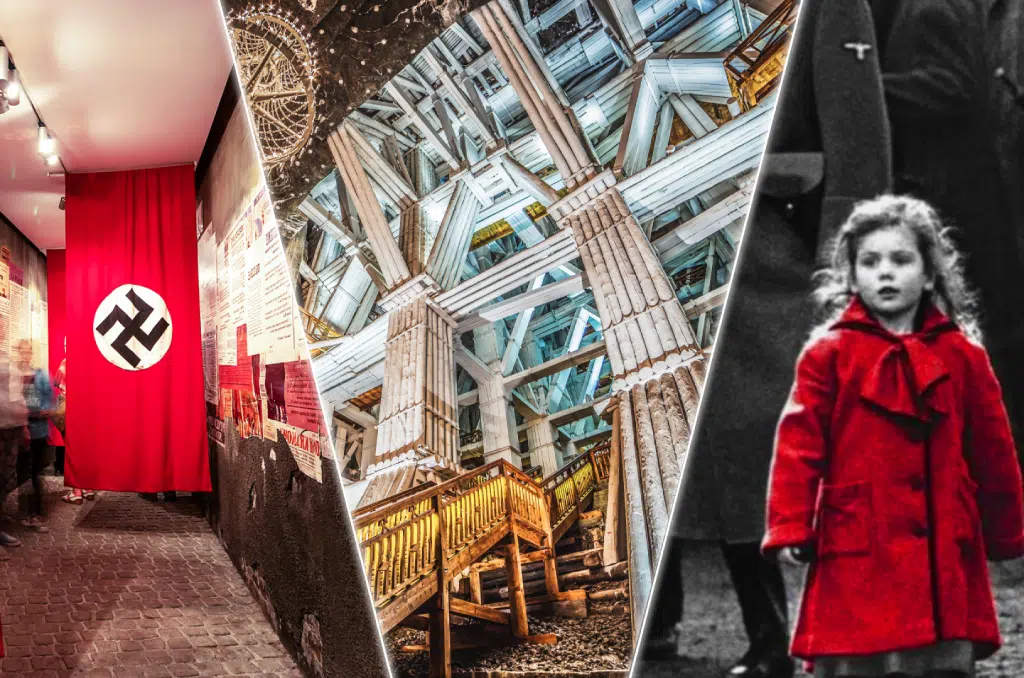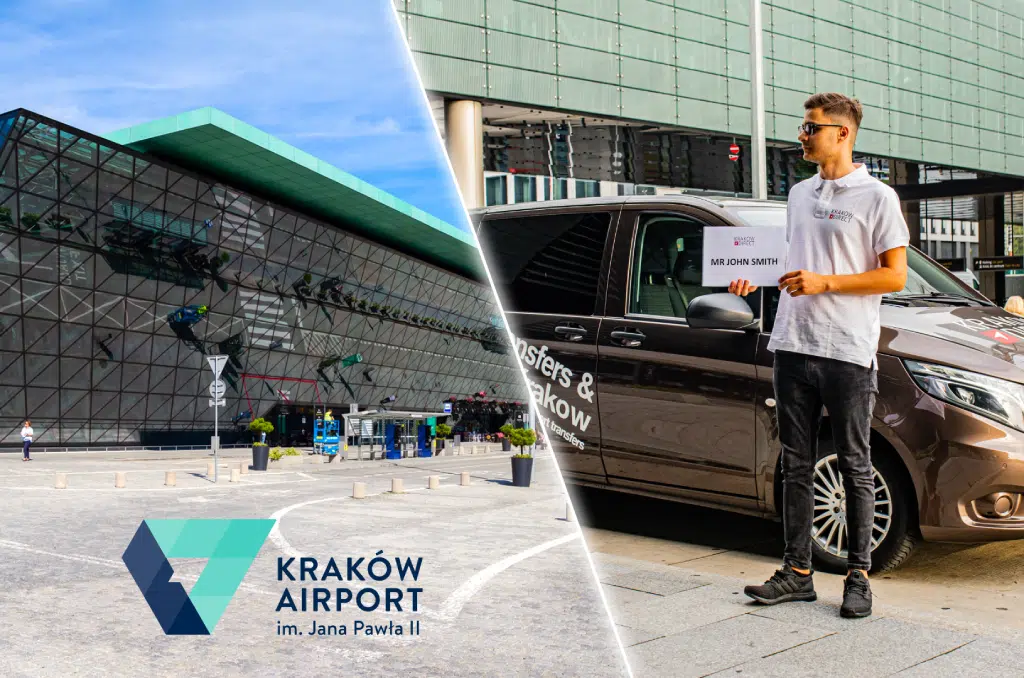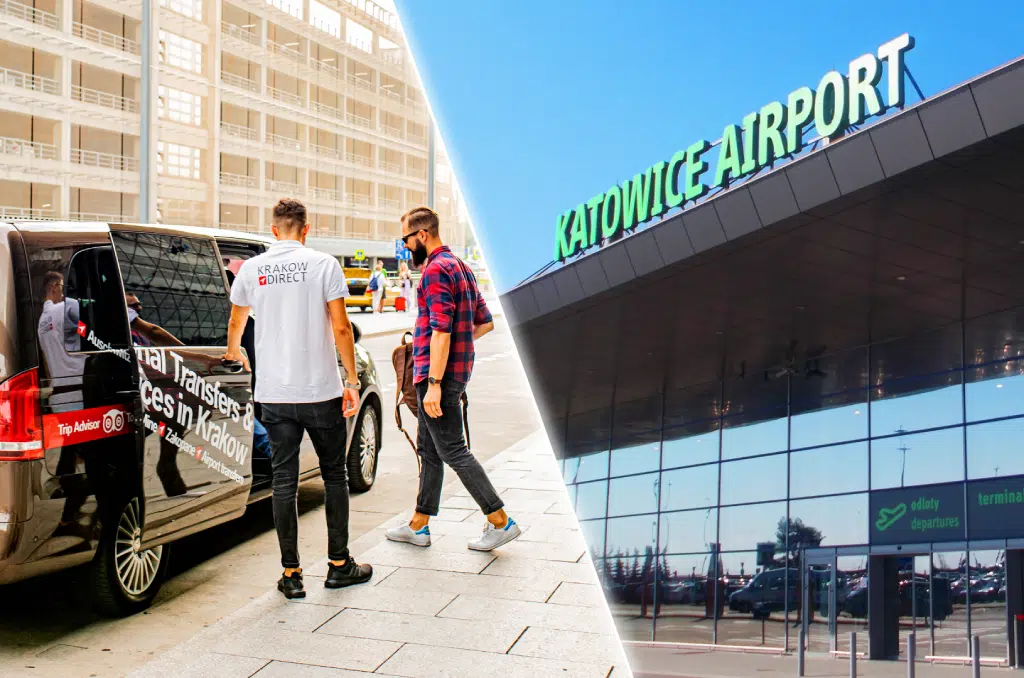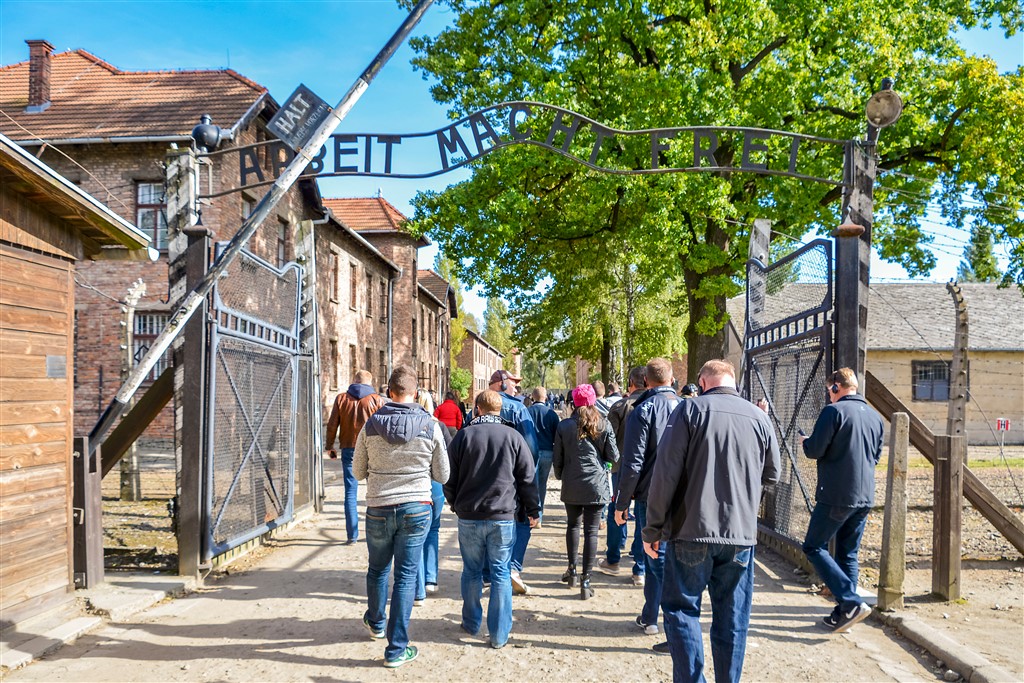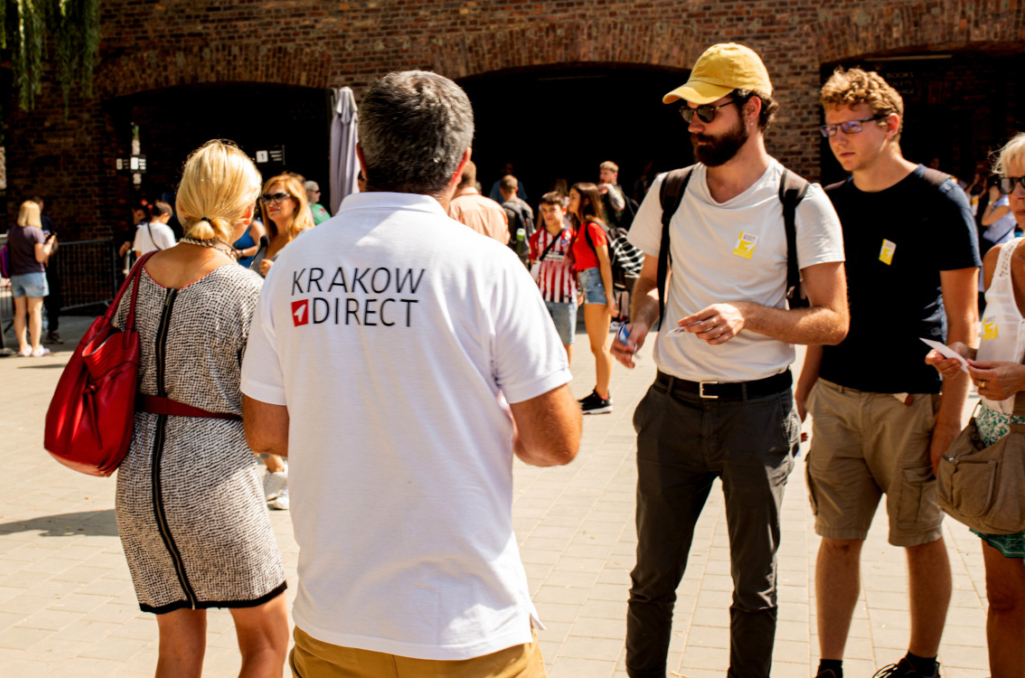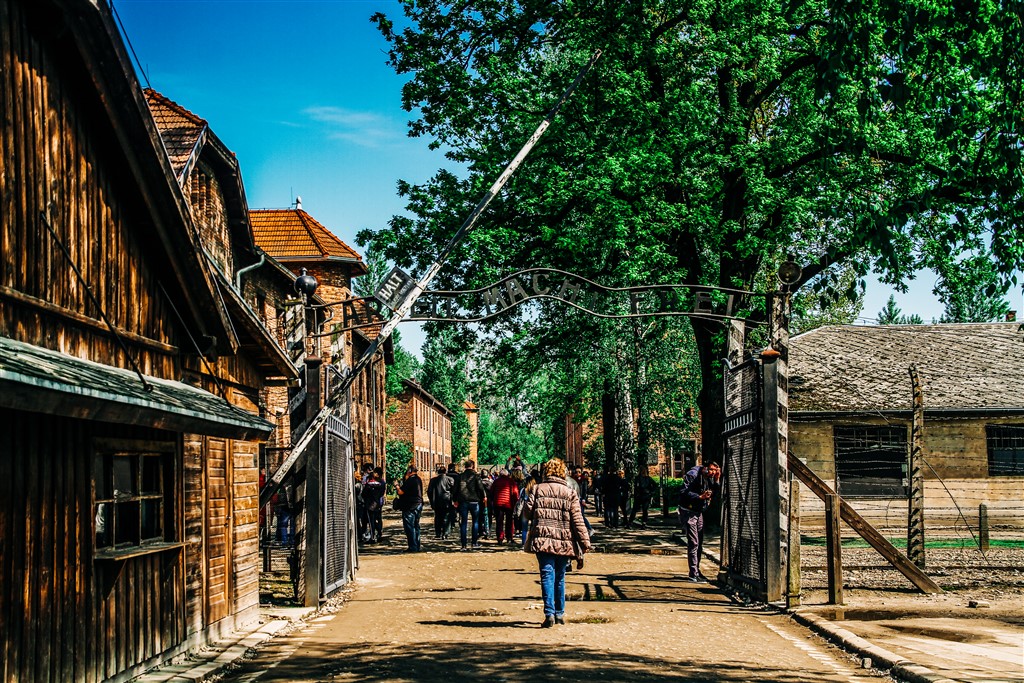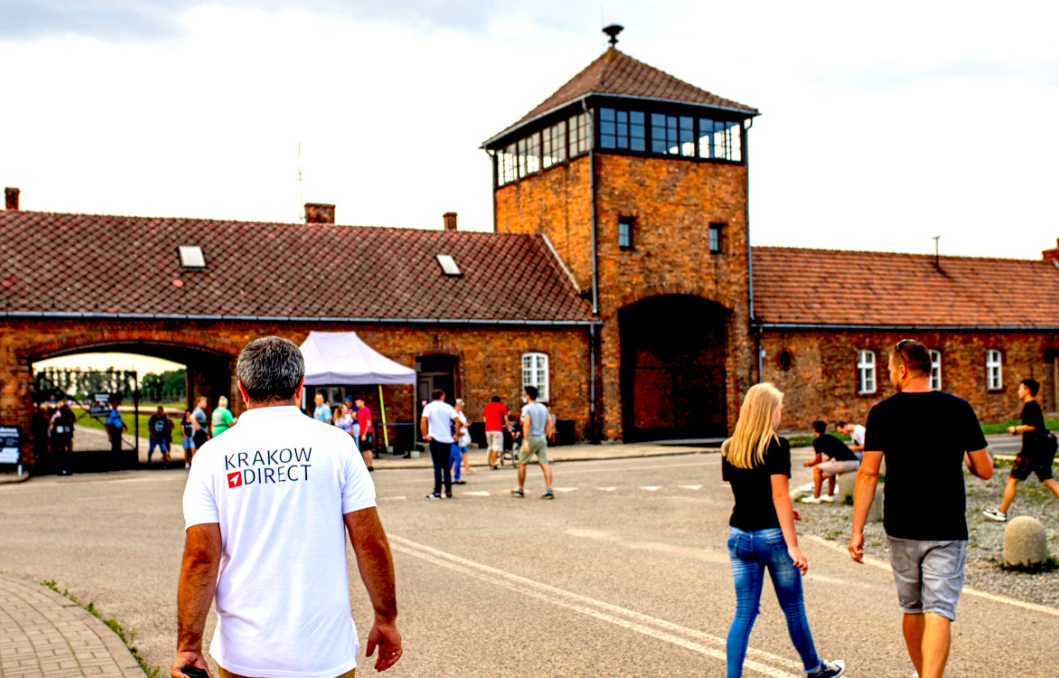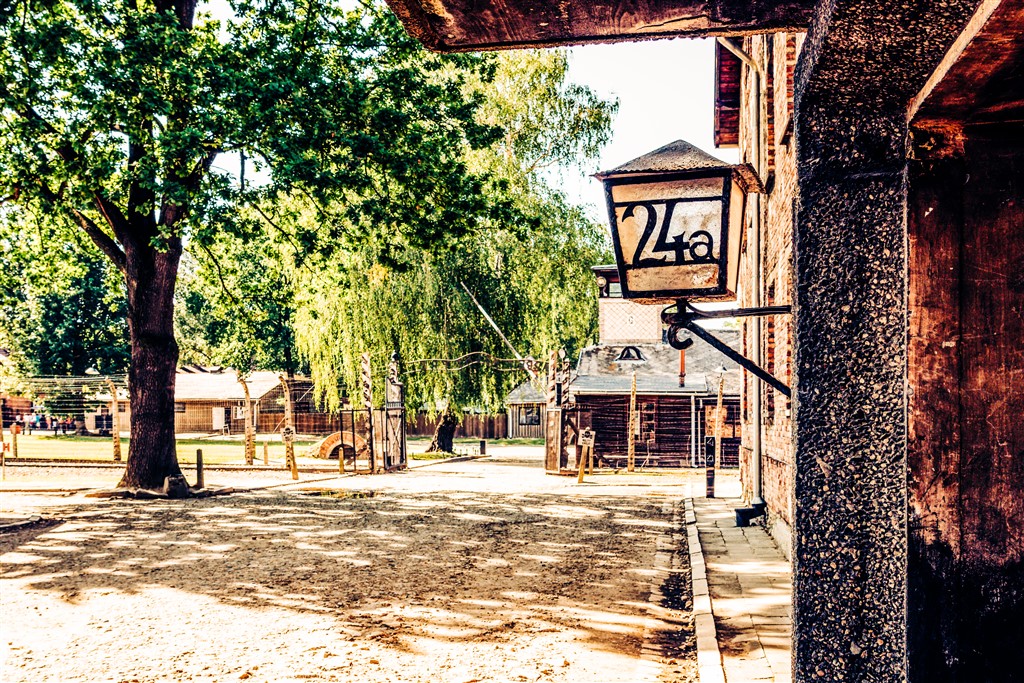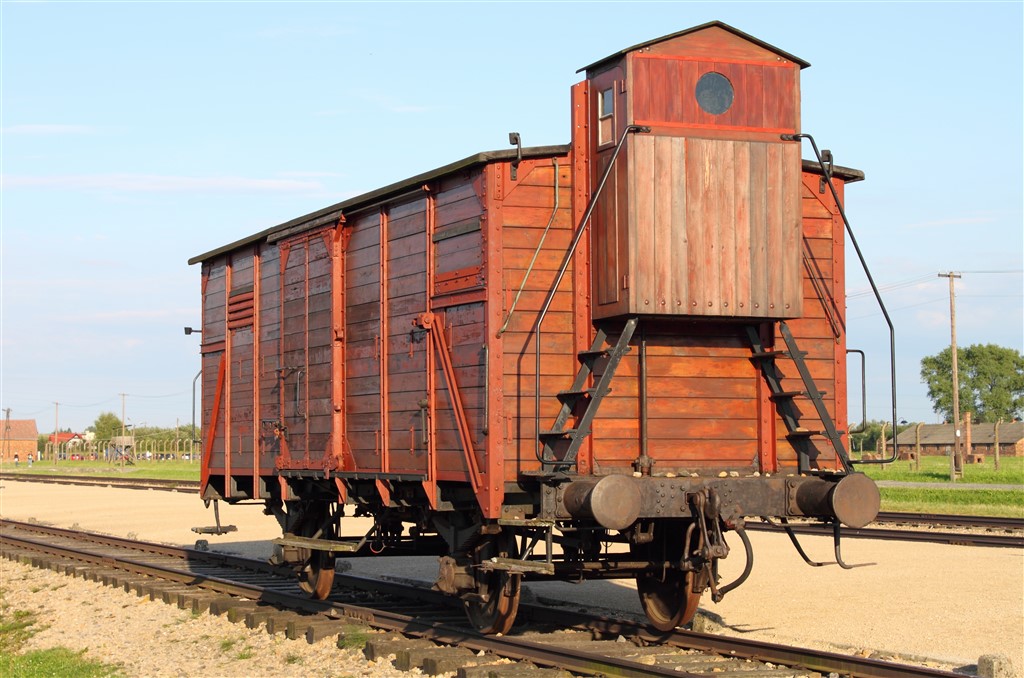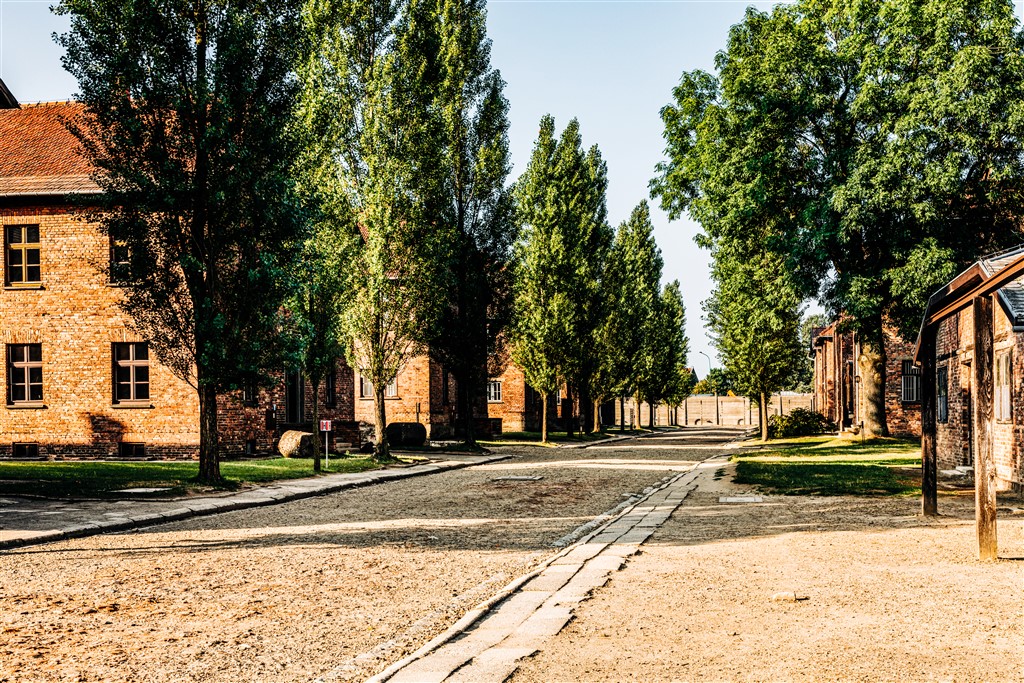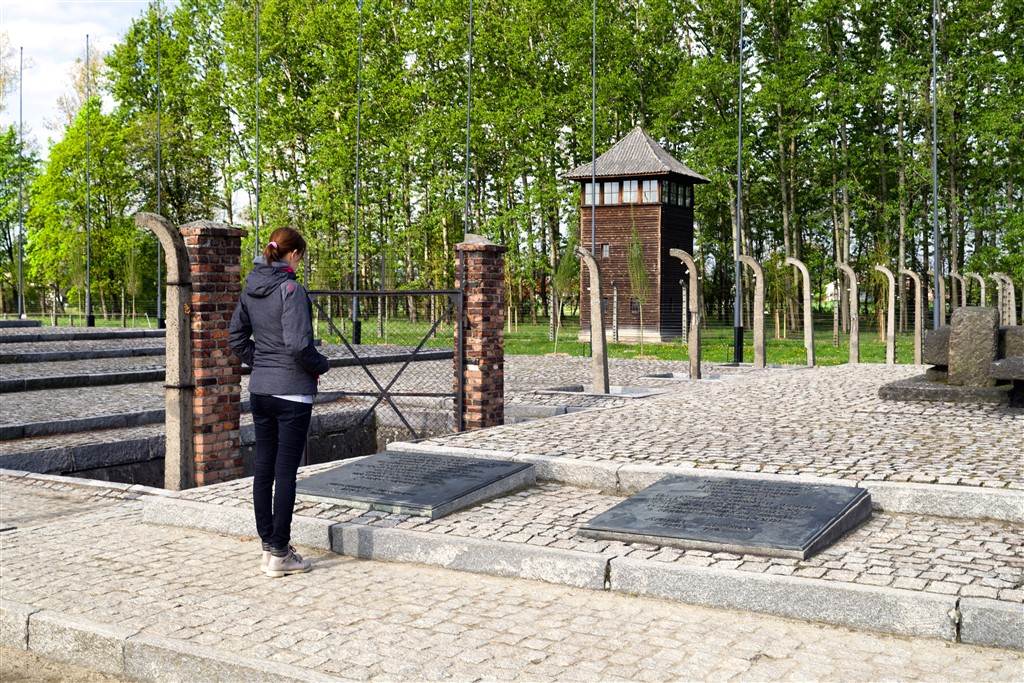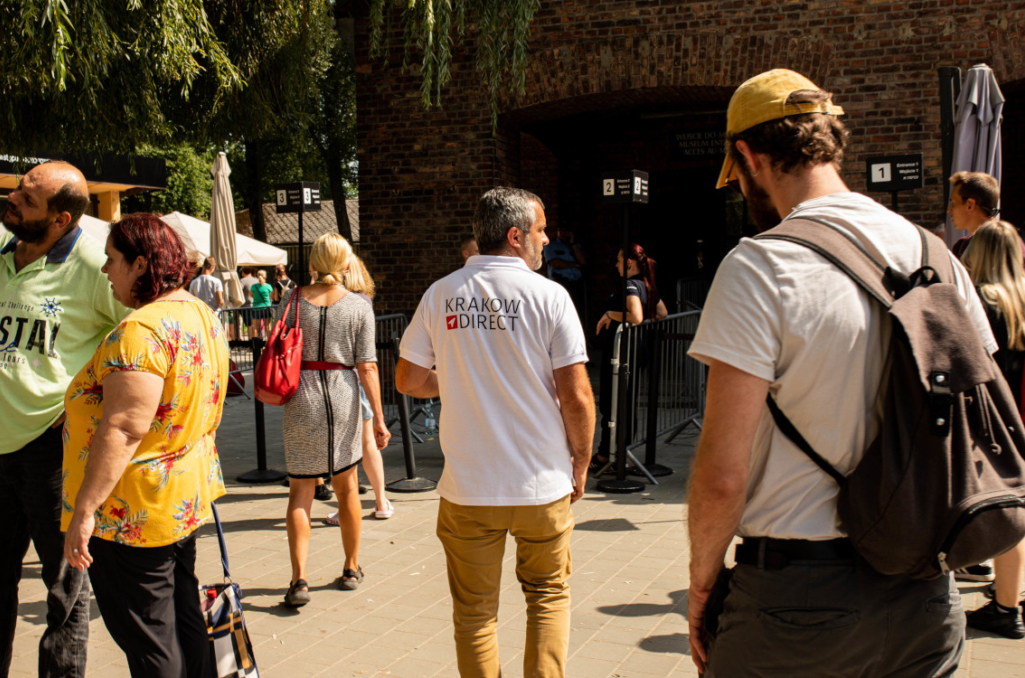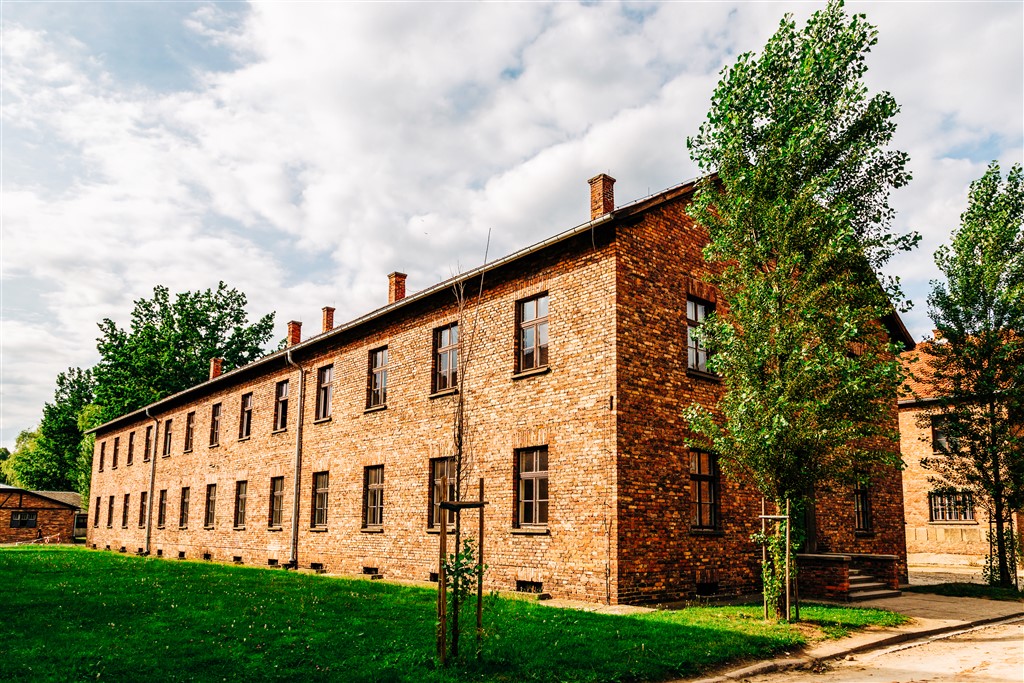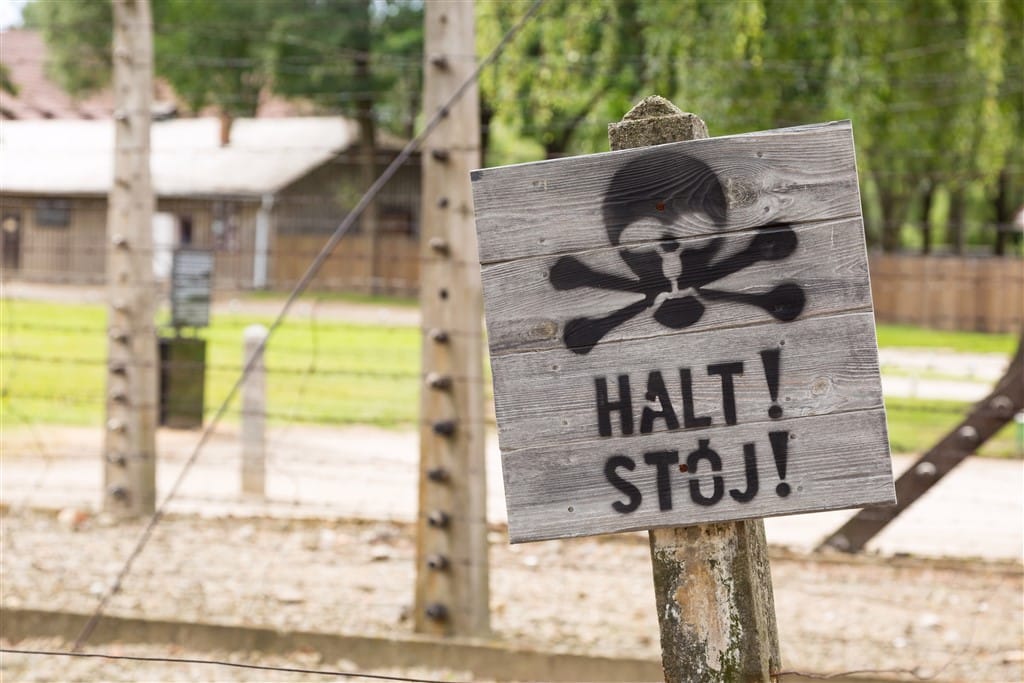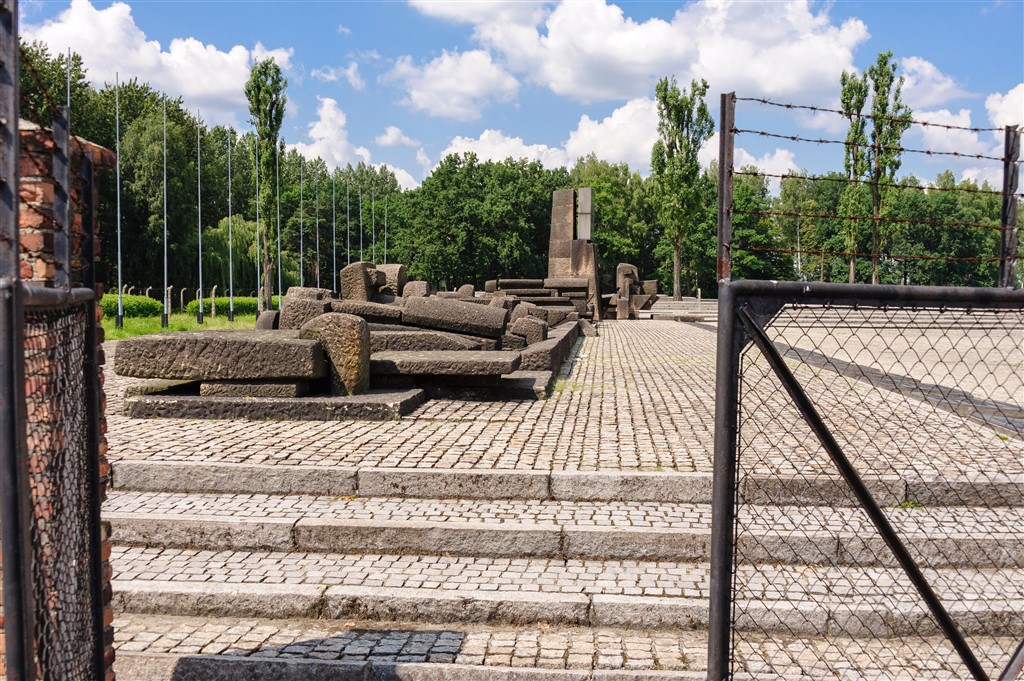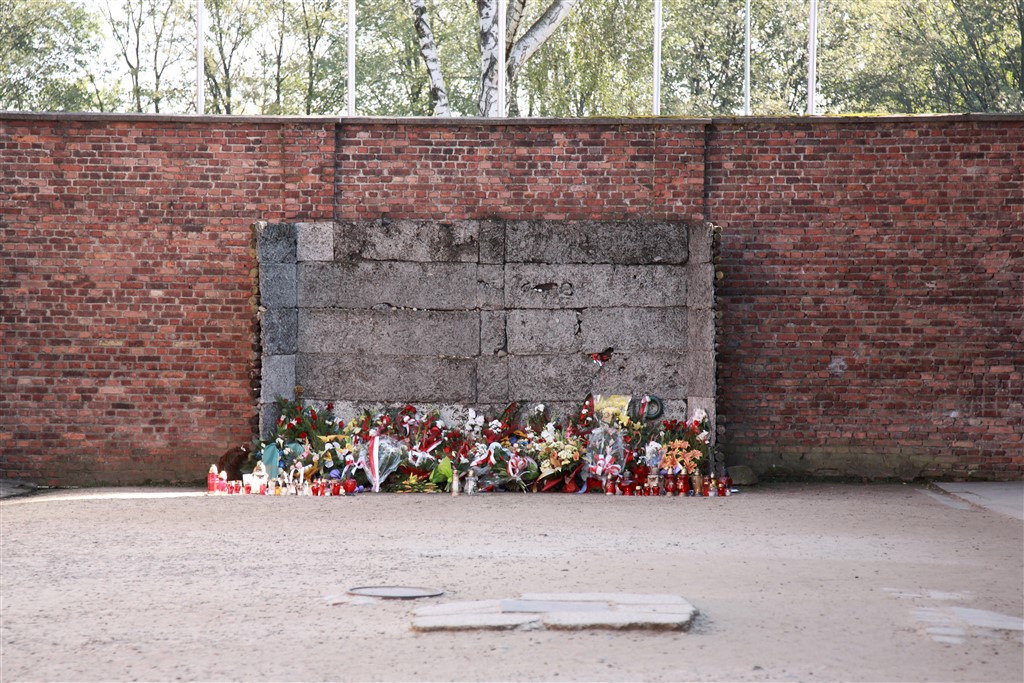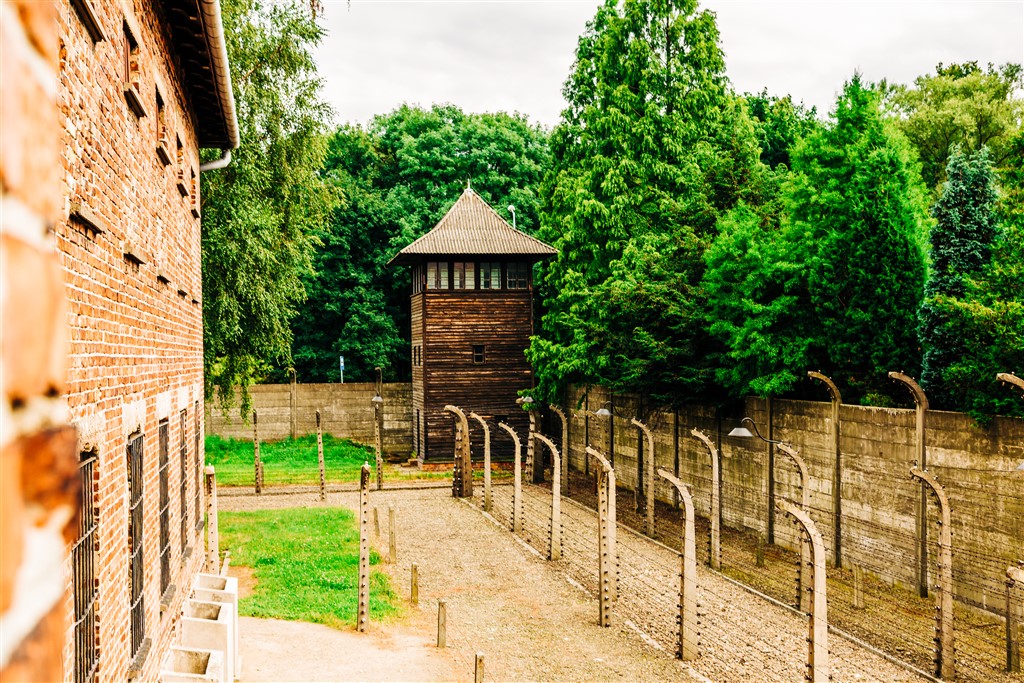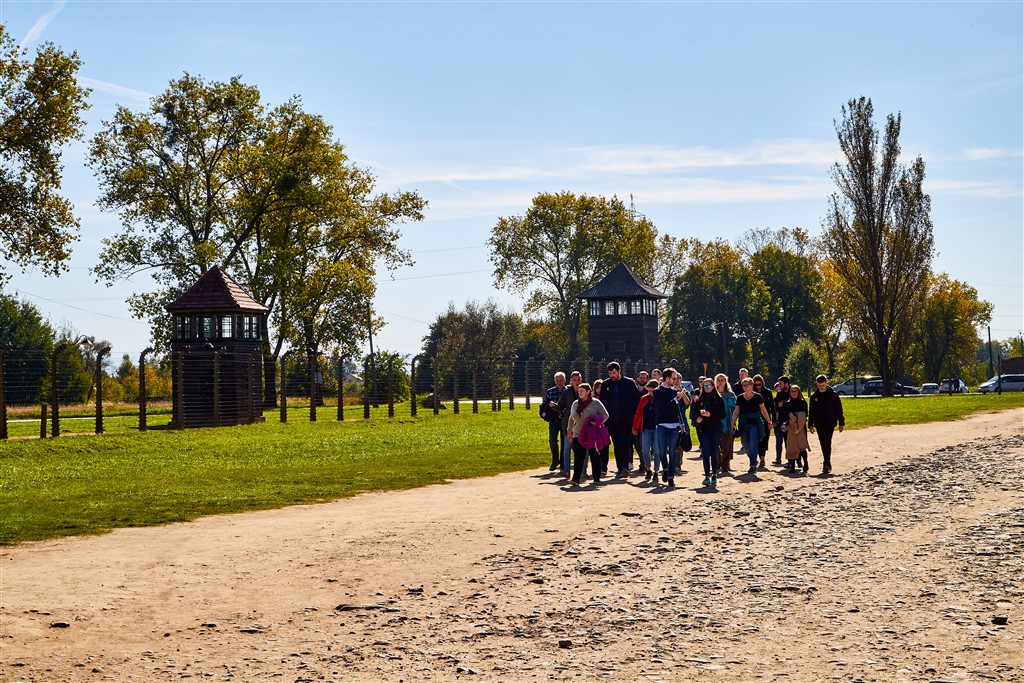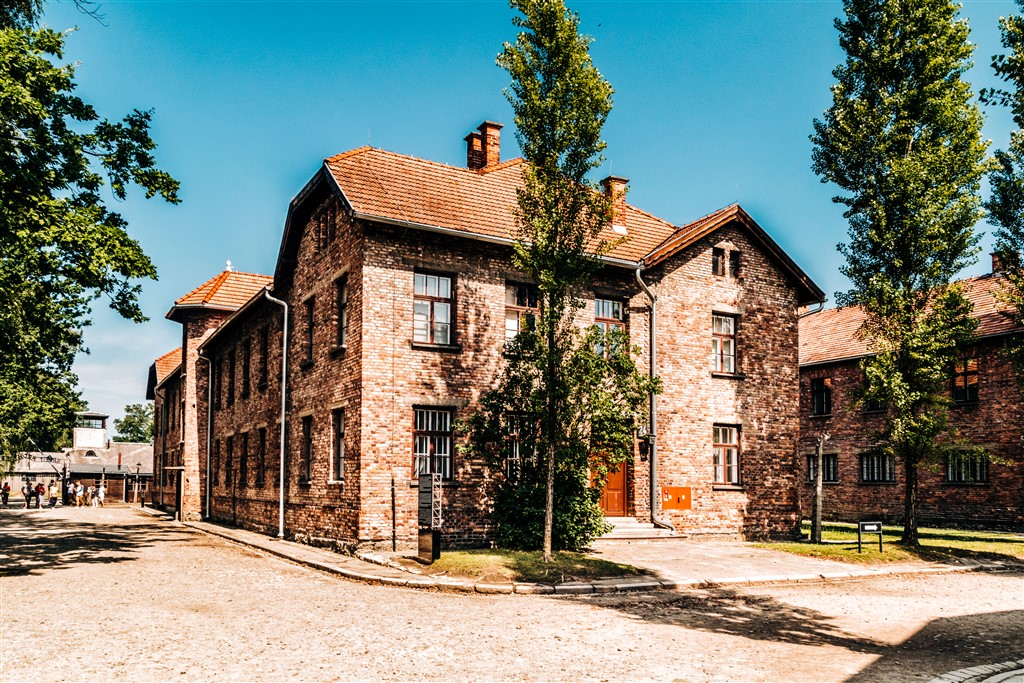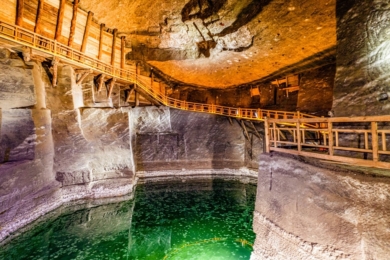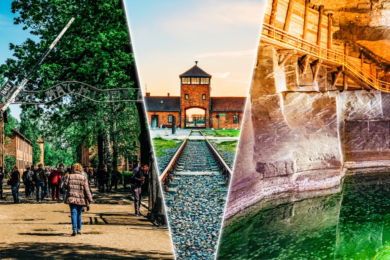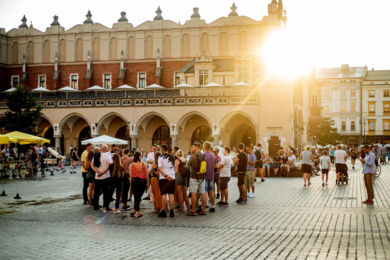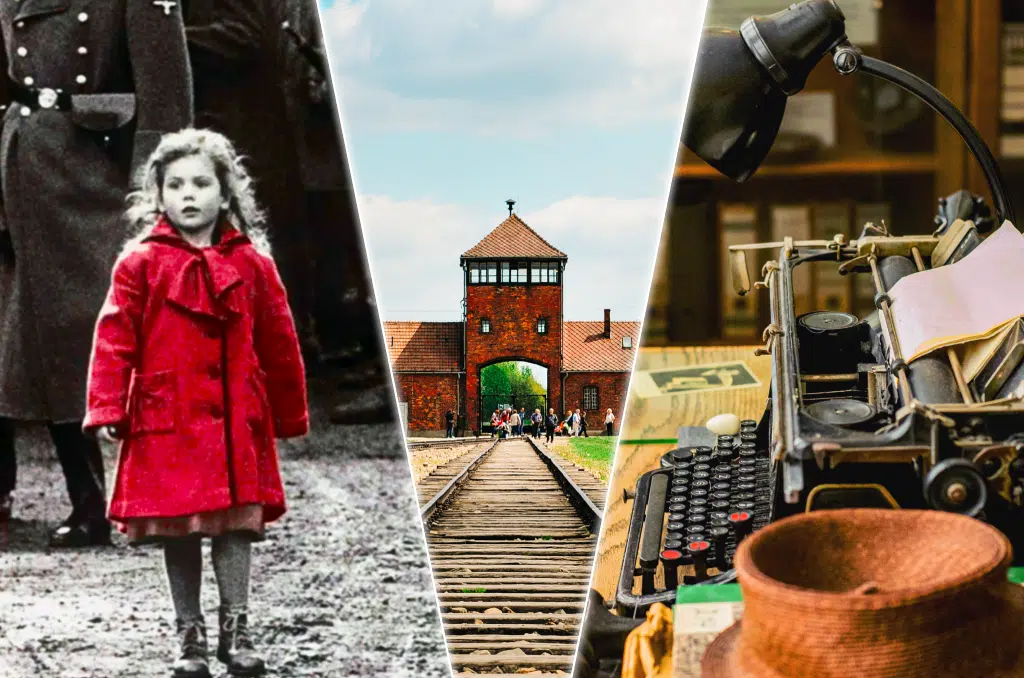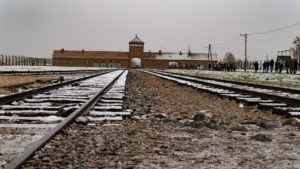Auschwitz-Birkenau Memorial and Museum Guided Tour
The former concentration camp in Auschwitz Memorial and Museum is one of the most popular attractions for day trips from Krakow. Tourists from all over the world visit Auschwitz in Poland to pay tribute to everyone who died there. The Museum, located in Oświęcim, preserves the memory of every person sent to Auschwitz-Birkenau and reminds us about the dreadful times of World War II and the Holocaust. It represents extremely important history and should be visited by every adult. Even though the tours to Auschwitz can be emotional and difficult, it is a must during your stay in Krakow.
Auschwitz-Birkenau Museum in Poland
Auschwitz-Birkenau State Museum is a museum on the site of former concentration and extermination camp in Oświęcim. It consists of two parts – Auschwitz I and Auschwitz II-Birkenau. Both were developed and ran by Nazi during its occupation of Poland during World War II. The museum was created in April 1946 by Tadeusz Wąsowicz and other former Auschwitz-Birkenau prisoners, acting under the direction of Poland’s Ministry of Culture and Art.
The first exhibition in the barracks opened in 1947. It presented the history of extermination and the conditions in which the prisoners lived. A new exhibition was opened in 1955. With some changes, it is still in use today. After 1960, some of the camp blocks contained the so-called “national exhibitions,” created at the initiative of former prisoners of the largest holocaust concentration camp from various countries who are associated in the International Auschwitz Committee. In 1979, the Museum built on the grounds of former concentration camp of Auschwitz became a World Heritage Site. Today, it is visited by around 2 million people from all over the world every year.
Learn About The History of Auschwitz Concentration Camp
Before the tour begins, it’s very important to read about the Museum and learn more about the history of Nazi concentration and extermination camp. Camp Auschwitz-Birkenau was a complex of over 40 concentration and extermination camps operated by Nazi Germany in occupied Poland during World War II. At first, it was supposed to be a prison for political criminals from Poland, but soon it turned out that people sent to Auschwitz were mostly civilians of Jewish, Polish and Roma ethnicities.
Construction of the Camp
Construction of the camp began in 1940, when Auschwitz – the main camp and the administrative quarter of the complex – was built. The first mass transport – of 728 Polish male political prisoners, including Catholic priests and Jews – arrived on 14 June 1940 from Tarnów, Poland. Upon arriving, the prisoners were being registered, given a serial number, tattooed, shaved, disinfected, and given a striped prison uniform. Then they were subjected to excruciating labor and life in horrible conditions.
KL Auschwitz Expansion
In 1941, it was decided that the KL Auschwitz I needs to be expanded. The same year prisoners of Auschwitz began construction work of Birkenau – additional camp in the town of Brzezinka, about 3 km from Oswiecim. Birkenau consisted consisted mostly of wooden barracks, which were very dangerous to live in, as they didn’t provide much protection from weather conditions (such as intense cold or rain).
That’s why a lot of the prisoners living in Birkenau died out of hypothermia, starvation or exhaustion. It is said that Birkenau held the biggest part of the mass murder apparatus and the majority of prisoners were murdered there.
Life in Auschwitz
Due to many reports of former inmates, we now have a rather broad knowledge about how the life in Auschwitz-Birkenau looked like. We know that the prisoners were divided into categories, based on their nationality, ethnicity, and even sexual orientation or health issues. Each day they woke up at very early hours, used and washed latrines, had a very calories-deficient breakfast and gathered to be counted. No matter the weather, they had to wait for the SS to arrive for the count; how long they stood there depended on the officers’ mood, and whether there had been escapes or other events attracting punishment.
They were often counted and re-counted, after which they walked to their place of work with a cheerful melody of Women’s Orchestra of Auschwitz in the background. They were supervised by the kapos and an SS escort. Much of the work took place outdoors at construction sites, gravel pits, and lumber yards. No rest periods were allowed. In the evening the prisoners were counted again – if someone was missing, the others had to remain on site until they were found.
The prisoners were tortured, ridiculed, and humiliated for no reason whatsoever. Even the most benign of misconduct could earn them beating, punishment in Block 11 or even death. They were also living in constant fear of crematoria, which consisted of a dressing room, gas chamber, and a furnace room. The first gassings at Auschwitz took place in early September 1941, when around 850 inmates – Soviet prisoners of war and sick Polish inmates—were killed with Zyklon B in the basement of Auschwitz I. In the years to follow, the use of crematoria became even more prevalent, with new gas chambers being constructed and many prisoners sent there without ever stepping foot inside the barracks or other living complexes of Auschwitz-Birkenau camp.
The Aftermath of Auschwitz-Birkenau Camp
Today, Auschwitz-Birkenau is known as the biggest Nazi German concentration camp. It’s one of the best-recognized symbols of Holocaust and World War II genocide. Its prisoners were living in terrible sanitary conditions and forced to endure unbelievably hard labor. They were often beaten, humiliated, and treated with no respect for human rights whatsoever. Many died out of exhaustion, starvation, or by suicide. Others were murdered in gas chambers or during medical experiments. The exact number of Auschwitz-Birkenau victims is not known. The historians argue it must have been between 1 to even 3 million people from all over the world (mostly Jews, Ethnic Poles, and Roma).
Visit to Auschwitz – What Can You Expect?
All tours provided by Krakow Direct are with an authorized Auschwitz-Birkenau Guide. You begin your tour with a short introduction about the camp history and the most important rules in force at the museum grounds. A visit to the Auschwitz-Birkenau is never an easy experience. The former largest Nazi concentration camp holds many artifacts and displays showing the realities of prisoners’ every-day lives. Among the camps of Auschwitz and Birkenau holdings are personal belongings of the prisoners, such as thousands of pairs of shoes, 3,800 luggage, over 12,000 kitchen utensils, 470 prostheses and orthoses, 397 striped camp clothing, many works of art, and even clumps of hair.
Auschwitz Tour from Krakow
During the Auschwitz tour with KrakowDirect you will visit Auschwitz I Camp and Auschwitz II-Birkenau – two main Nazi concentration camp sites. The whole complex covers an area of nearly 200 ha, and most of the tour of Auschwitz is outdoor. The tour includes seeing grounds of both former camps, as it is crucial to fully comprehend the atrocities that took place there. The first important object you’ll see is the infamous inscription on the entrance gate to the concentration camp, which says “Arbeit macht frei” (Work makes you free). This ironic slogan, created by Nazis, begins the Auschwitz Birkenau memorial tour.
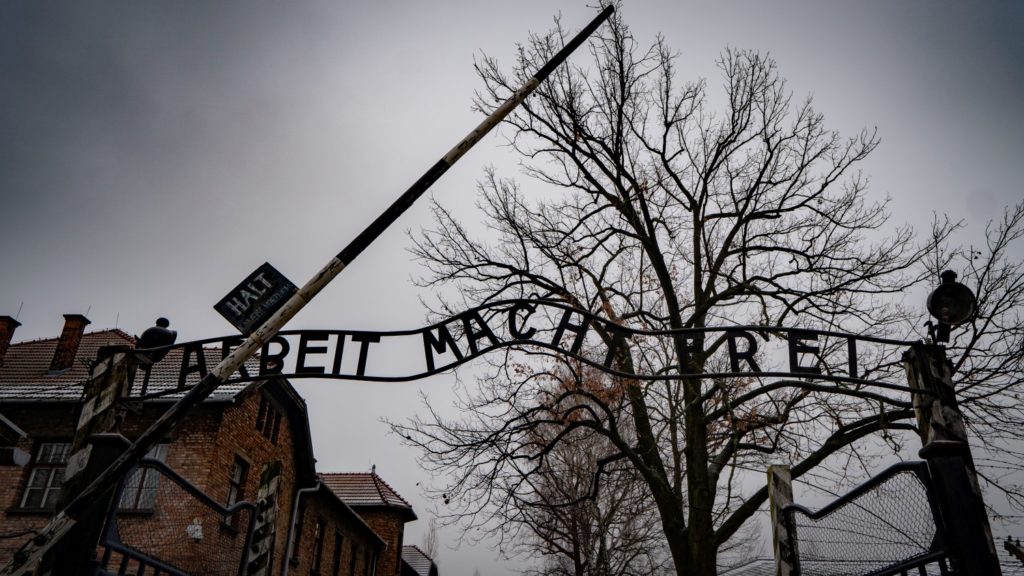
In the Auschwitz site, you’ll also see prisoners’ barracks, places of work, and original blocks where they were received punishment. You’ll see railroad tracks that often transported people straight to gas chambers and crematoria used for mass extermination. At the end of the war, the Nazi Germans tried to destroy them by blasting, which is why all that’s left from them are rows of chimneys covering a large surface of the concentration camp.
Auschwitz tours with transfers from Krakow are extremely popular, but keep in mind that they are not a tourist attraction. In fact, they are an opportunity to learn a live history lesson in a place of deep reverence. Visitors need to take under consideration that while many visit Auschwitz for purely historical reasons, some people go there to see the place that took the lives of their relatives, since approximately one in six Jews who died in the Holocaust, died in Auschwitz-Birkenau. Auschwitz tour with KrakowDirect guarantees high-quality service and a hundred per cent satisfaction. We are an experienced company that enjoys recognition as the best in Krakow. We organise daily private and shared Auschwitz tours as well as round-trip transport from Krakow that includes hotel pickup, comfortable vehicles and local guides.
Private Auschwitz tours from Krakow
Due to its facilities, private tours from Krakow to Auschwitz are getting more and more popular. If you wish to visit Auschwitz Birkenau State Museum in a private car and a driver at your disposal, choose our private Auschwitz tour. Our English-speaking driver will pick you up directly from your hotel in Krakow. You can also choose whether you want to visit Auschwitz on your own, with a private guide, or join one of the guided tours in the museum. You should book private guided tours in any available language in advance with us. Walking the camps on your own is possible only between November and March. A guided tour in Auschwitz takes up to 2 hours.
Then visitors proceed to Birkenau, located about 3 km further. This distance will be covered with our car. Between the camps, you may have a quick break. After your Auschwitz tour finishes, our driver will take you back to Krakow and drop you off at your hotel or anywhere in the city centre. If you wish, you can also extend the Auschwitz trip with Schindlers Factory tour. It will save your time and money. What is more, Oskar Schindler’s story is the perfect complement to the thrilling history of the Holocaust.
Shared Auschwitz Tours from Krakow
Our shared Auschwitz tours from the capital of Lesser Poland include door-to-door pickup in Krakow and drop-off, but we also organise stops in each hotel our clients are staying within the city centre. If your accommodation is located in further districts of the city, we can arrange transport from Krakow at the closest pickup point for additional payment. We provide six- or eight-seater cars or minibuses, modern Mercedes vehicles. There are usually up to 20 people on our Auschwitz tours and around 30 on guided tours in the museum. On a way to Auschwitz, we provide a 45-minute documentary film titled „The liberation of Auschwitz” screened in our minibus.
Upon arrival at Auschwitz, you will join a tour with an authorized official Auschwitz-Birkenau guide. You can choose whether they will speak English or any another language selected by you. If you choose the group option, upon entering the Museum you’ll receive headphones to hear the guide correctly. Additionally, in the high season, shared guided tours in Spanish, Italian, German and French are available. During our shared tour, you will visit Auschwitz and Birkenau, located within around 3 km distance. The tourists usually spend around 1.5-2 hours at Auschwitz and 1 to 1.5 hours at Birkenau. Duration of the tour is normally about 3 hours. Krakow Direct provides bus transfer between the two camps.
Our driver will be waiting for you after the first part, KL Auschwitz. The ride will take only a few minutes. If time permits, you will have a 15-20 minutes break between the two camps. During the return to Krakow, either group or private, we do not recommend any breaks on your way back, but we can arrange a short stop upon request. We can also provide lunch boxes paid additionally. If you need to explore the Auschwitz museum at your own pace, you can also choose our Auschwitz self-guided tour.
Visiting Auschwitz – useful information
If you want to book your Auschwitz trip, please bear in mind that visitors are required to behave appropriately and respectfully. There are also some restrictions regarding entering the sites of Auschwitz and Birkenau. You are generally allowed to take pictures, but only for private use. You can take photos of visited places, except for 2 spots. The maximum size of your carry-on can’t exceed the following dimensions: 30 x 20 x 10 cm. You can leave your larger luggage in the minibus. Food is not allowed while visiting, but you can eat during 15 min break, as it’s a full-day trip.
If you visit Auschwitz with little children, some areas will not be accessible with baby pushchairs. Also, we do not recommend visiting with children under 13 years old due to dreadful character of the place and some of the exhibitions. People with mobility problems should not experience any major difficulties during the Auschwitz tour. Please note that there are mostly dirt tracks in the camps. Also, some spaces (for example, blocks in Auschwitz I) are not accessible for wheelchairs. Museum in Auschwitz can also provide substitute wheelchairs for visitors with mobility problems. If you want to hire a wheelchair, please let us know in advance. Our customer service will help you to arrange it upon your request prior to the tour.
The opening hours of the Museum vary depending on the month. In December the box office is open till 2:00 pm and in June till 7:00 pm. For more info, check the museum’s official website or just ask Us.
Full-day Tour with KrakowDirect
Krakow Direct is a company located in the center of Krakow that provides transportation and guided tours to the Auschwitz-Birkenau. For our Auschwitz tours, we provide modern, comfortable Mercedes Benz vehicles and English-speaking drivers at your disposal throughout the day. We offer door-to-door pickup and drop-off in the city centre. Auschwitz tours from Krakow take approximately 7 hours. One-way drive to Auschwitz from Krakow lasts about 1.5 hours. For our group Auschwitz tours, we suggest pick-up time at 8:30 or 9:30 a.m. or in the afternoon. The itinerary of private tours to Auschwitz is more flexible, and upon request, we can shorten or extend your tour.
There are two payment methods available. You can buy tickets online while booking our Auschwitz tour from Krakow or pay in cash to the driver on the day of your tour. We prefer payment in Polish zlotys. We also accept Euros, Pounds and U. S. Dollars in amount according to the current exchange rate. Our driver will give you the change in Polish zlotys. If you want to visit Auschwitz with little children, we can arrange booster seats or child seats, but please inform us about this need in advance.
For the comfort of tourists travelling with children of less than 2 years old, we recommend private Auschwitz tours from Krakow. This way, it will be easier to arrange as many stops or breaks as needed. Auschwitz tour with KrakowDirect is the best and most comfortable way to visit Auschwitz.
Our company has years of experience and provide always top quality service. It can be also arranged to combine it with a trip to the Wieliczka Salt mine – one of the oldest working salt mines in Europe or Schindlers Factory. It’s a great way to visit not only Krakow and Auschwitz, but also the most valuable sites surrounding this beautiful city. Should you have any questions, please do not hesitate to contact us and book one of our Auschwitz tours from Krakow!
Visit the former nazi concentration camp at the best price and learn about its terrifying, but incredibly important history from your guide.










